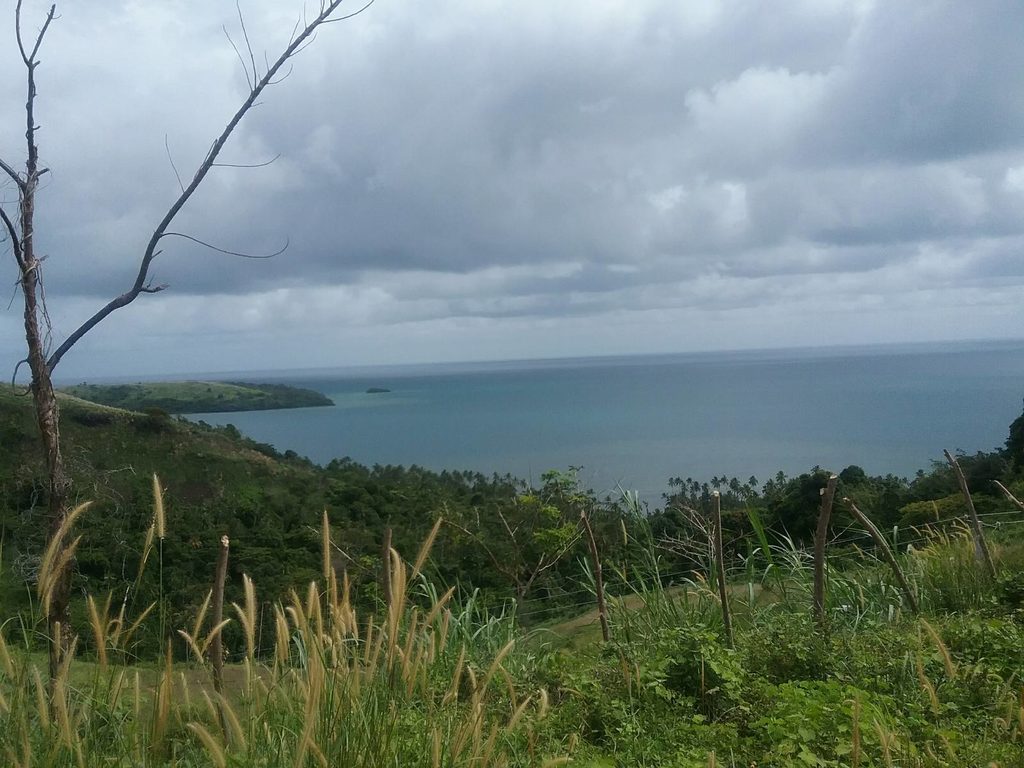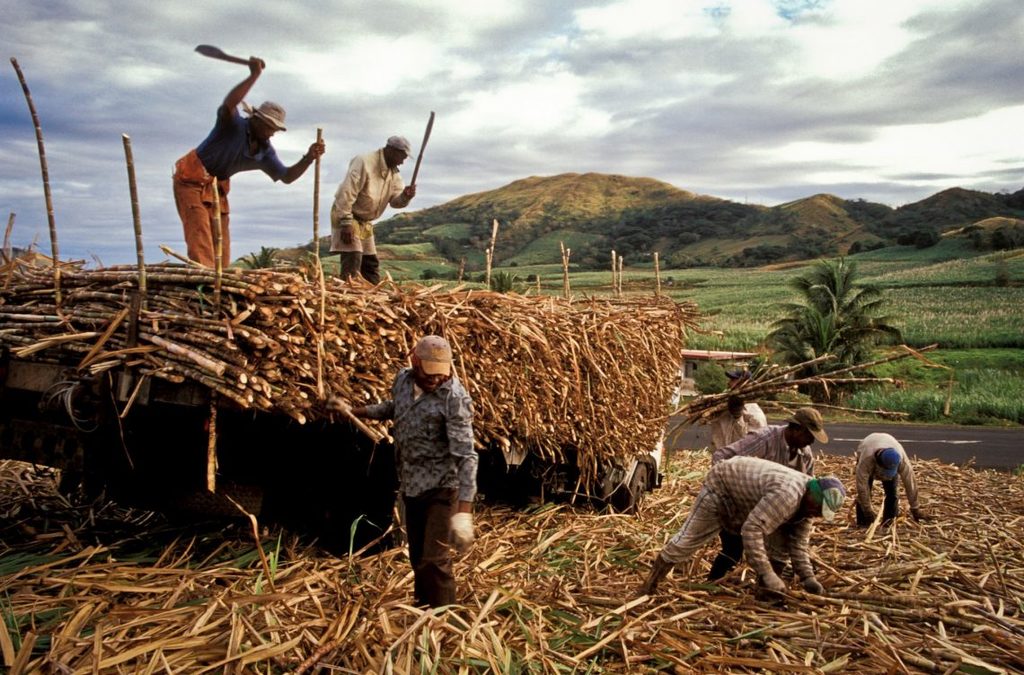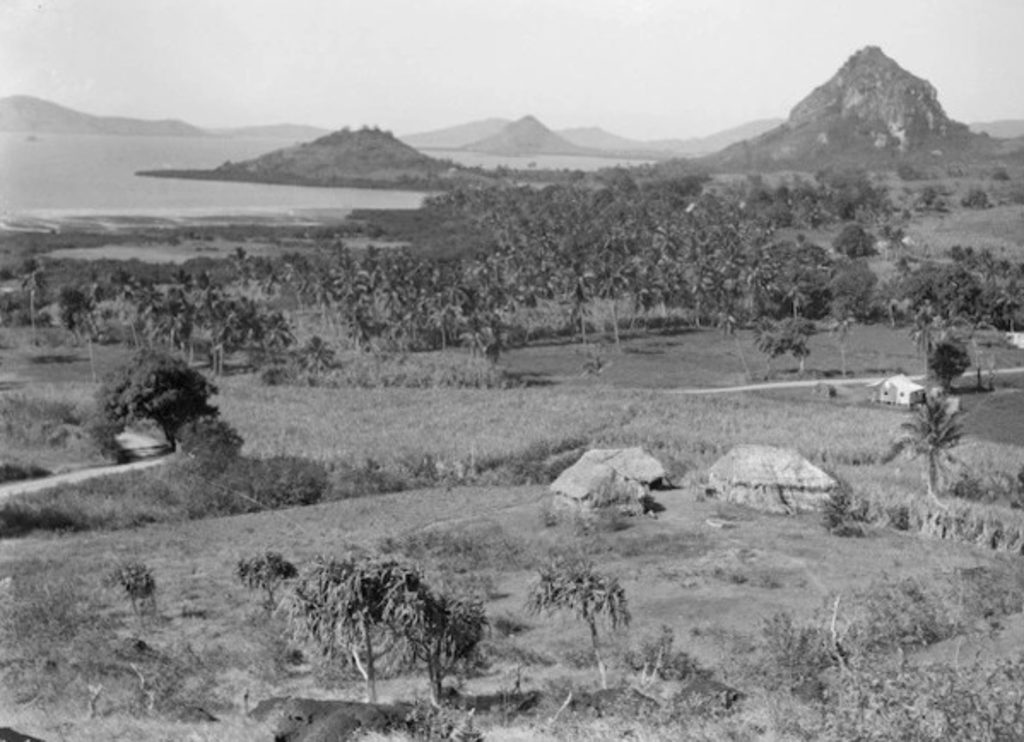THE Navatu people from Ra trace their lineage to the ancient rock hill of Uluinavatu, now part of Rakiraki district. According to tribal elder Josateki Narema, Navatu originally belonged to the old tikina (district) of Raviravi.
“Our ancestors were known as kai wai—people of the sea,” Narema explained.
“They were master navigators, reading the wind, tides, and even the behaviour of birds to predict weather and guide their voyages.”
Yet, despite their deep connection to the ocean, the Navatu people were forced to abandon their ancestral lands in the pre-colonial era. Deadly diseases introduced by European explorers ravaged Fiji’s indigenous population, prompting the tribe’s migration along the Nakorotubu coast.
Some settled in villages like Nasau, Namuriwai, Veidrala, and Verevere, while the rest found refuge in Bureibau and Nadogoloa, thanks to the generosity of the Bureiwai chief.
After Fiji was ceded to Great Britain in 1874, the Navatu elders sought to return to their yavutu (ancestral mound) in Raviravi. However, colonial administrators discouraged the move, and today, the land remains classified as Crown Grant, barring their return.
The business venture
Undeterred by displacement, the Navatu people thrived under the leadership of Turaga na Tui Navatu, Ratu Nacanieli Nawaidranu. After completing his medical studies, Ratu Nacanieli returned to his people with a bold vision: economic self-sufficiency.
His first venture was copra production. Sending men to work on Taveuni’s coconut plantations, the tribe pooled their earnings to purchase a steam-engine ship named Uluinavatu, in honour of their ancestral home.
The vessel became a lifeline, transporting crops like coconuts and yams to Suva’s markets. By 1910, the Navatu people had entered the world of commerce—a rarity among Indigenous Fijians at the time.
The sugarcane revolution
The turning point came when Ratu Nacanieli met Reverend Arthur Lelean, a Methodist leader, in Ba. Introduced to the manager of Rarawai Sugar Mill, the Navatu people were tasked with clearing mangroves for mill expansion and laying the Ba-Tavua railway line.
When the Colonial Sugar Refining Company (CSR) launched a program in 1920 to encourage indigenous Fijians into sugarcane farming— which was previously dominated by the Girmitiyas (indentured labourers)—Ratu Nacanieli seized the opportunity.
In August 1929, eight Navatu men—four from Vitawa and four from Nadologoa—ventured into the Tovatova valley, marking the birth of Fiji’s first indigenous sugarcane farming community.
Soon after, Ratu Nacanieli brought the entire tribe, including elders, women, and children, to join the effort.
With limited tools and backbreaking labour, they cleared dense forests and grasslands using only spades and knives. Battling scorching heat and torrential rains, they cultivated vast stretches of land from Nabuna to Yaladro, across the Nasivi River to Toko and Waikatakata.
By 1930, their numbers had grown to 668, collectively known as the Toko Farmers. Each farmer worked 10-acre plots, establishing settlements in Toko, Nabutero, and Yaladro. Three children born that year—Tauyavu, Vosota, and Kanawai—their names paid a tribute to their struggles.
Unity and perseverance
The success of the Navatu sugarcane venture was not just in their hard work but in their unity. Realising their small numbers, Ratu Nacanieli invited kin from Malake, Qoma, Sawakasa, Verata Wailevu, Nadrau, and Nawaka to join.
Their collective effort, under his respected leadership, ensured survival and prosperity.
This year the Navatu people will commemorate 85 years since their settlement in Tovatova.
Despite being barred from their ancestral lands, they undoubtedly forged a new legacy—one that paved the way for indigenous Fijians in agriculture and commerce.
“Where there is unity, God commands his blessings,” Narema reflected.
“Our ancestors proved that with faith, leadership, and togetherness; no challenge is insurmountable.”
As Fiji continues to evolve, the Navatu people’s journey reminds us of what can be achieved when a community stands as one.
Uluinavatu today. Picture: SCENIC TOURS

The coast of Nakorotubu in Ra along which the Navatu people journeyed to settle at Nadogoloa. Picture: SUPPLIED

The sugar industry was once the backbone of Fiji’s economy. The yavusa Navatu was the pioneering iTaukei community to venture into commercial cane farming. Picture: DEVPOLICYBLOG



